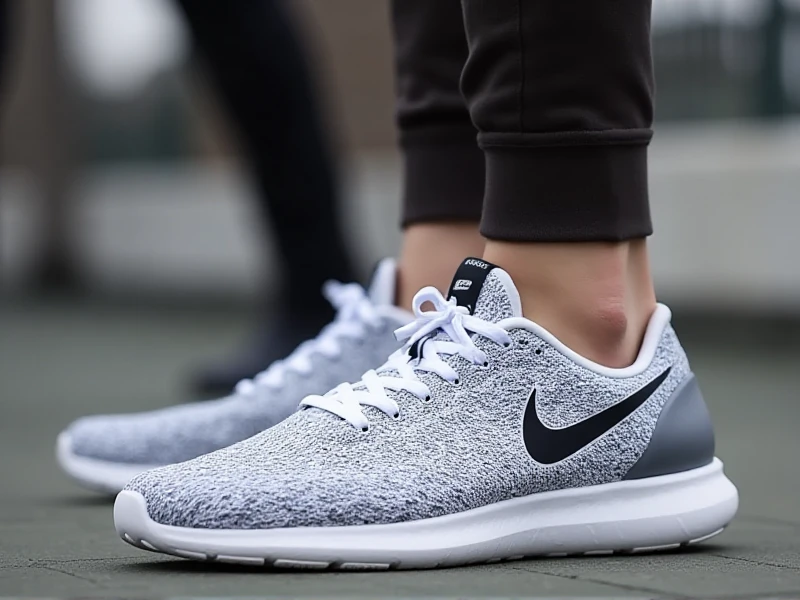Women's Sports: The Thriving Era of Female Athletic Excellence
2025-06-04

Women's sports are experiencing an unprecedented rise in popularity and recognition globally, transforming the landscape of athletics and inspiring generations. Gone are the days when female athletes were sidelined; today, women's sports command massive audiences, setting new records in viewership and participation. For instance, events like the FIFA Women's World Cup and the WNBA have shattered attendance figures, proving that fan engagement is soaring. This shift isn't just about entertainment—it's a powerful movement for gender equality and empowerment. As more young girls see role models in soccer stars like Megan Rapinoe or Olympic gymnasts like Simone Biles, they dream larger and achieve greatness. In this article, we delve into the evolution, benefits, and future of women's sports, highlighting why this dynamic field deserves every bit of our attention and support.
The history of women's sports reveals a journey of resilience and breakthroughs. Decades ago, opportunities for female athletes were scarce, marred by limited funding and societal biases. Key milestones, such as the enactment of Title IX in 1972 in the United States, paved the way by mandating equal opportunities in education and sports. This legislation sparked a revolution, leading to surging participation in collegiate and professional leagues. Since then, women's sports have steadily gained ground—from the early days of tennis icon Billie Jean King battling for recognition to the modern era where the Women's Tennis Association (WTA) rivals its male counterpart in global appeal. This progress underscores how policy changes and advocacy have amplified the voice of women in athletics, making "women's sports" a symbol of progress.
Today, women's sports offer immense benefits that extend far beyond the field. Athletes like Serena Williams have demonstrated that female prowess drives not only physical excellence but also social impact—inspiring millions to embrace fitness, build confidence, and challenge gender norms. Health-wise, engaging in women's sports reduces risks of chronic illnesses, fosters teamwork, and promotes mental well-being. For communities, the rise in women's sports has economic perks, too: increased sponsorship deals, such as Nike's investments in female-led campaigns, boost local economies through job creation in coaching, event management, and media. A study by the Women's Sports Foundation reveals that countries with robust support for women's sports see higher youth participation rates, translating to more diverse and inclusive societies. These advantages highlight how integrating women's sports into mainstream culture enriches lives globally.
Despite these gains, challenges persist that demand urgent attention in the domain of women's sports. Pay disparities remain a glaring issue; top female athletes often earn a fraction of their male counterparts, particularly in sports like soccer and basketball. Limited media coverage exacerbates the problem—reports show women's sports receive only around 4% of sports airtime on major networks, hindering visibility and revenue growth. To address this, advocates push for equitable broadcasting deals and endorsements, leveraging social media to amplify reach. Initiatives like the WNBA's partnership with ESPN represent steps forward, but more work is needed in sponsorship equality. By spotlighting these barriers, supporters of women's sports can drive policy reforms, ensuring female athletes receive fair representation and rewards for their dedication.
Looking ahead, the future of women's sports is brighter than ever, fueled by innovation and grassroots enthusiasm. Technological advancements like virtual reality broadcasts are drawing wider audiences, making events accessible beyond traditional venues. Emerging stars in track and field, such as Sha'Carri Richardson, are gaining viral followings, signaling a cultural shift towards embracing athletic talent regardless of gender. Investment in youth programs, from school leagues to international competitions, promises to nurture future champions. Moreover, social media activism from influential figures like Alex Morgan keeps the spotlight on equity, pushing for initiatives that close gaps in funding and recognition. As we move forward, collective action—from fans tuning into games to corporations backing female-led teams—will solidify women's sports as a cornerstone of the athletic world.
In conclusion, women's sports stand at a pivotal moment of growth and influence. They embody resilience, empowerment, and the undeniable spirit of female achievement. To keep this momentum going, we all have a role: attend local matches, share inspiring stories online starting with hashtags like SupportWomensSports, and call for equitable policies. Together, we can ensure that women's sports thrive, inspiring the next generation of athletes to reach new heights. Let's celebrate this golden age of athletic prowess and make "women's sports" synonymous with excellence and unity. (Word count: 798)
Category: